Black locust bonsai: from seedling? from root?
sudeva
14 years ago
Featured Answer
Comments (10)
omniphasic
14 years agodshepard
14 years agoRelated Professionals
Summit Landscape Architects & Landscape Designers · Elgin Landscape Contractors · Matthews Landscape Contractors · Commack Landscape Contractors · Golden Gate Landscape Contractors · Hayden Landscape Contractors · North Richland Hills Landscape Contractors · Palos Verdes Estates Landscape Contractors · Paramount Landscape Contractors · San Bruno Landscape Contractors · Secaucus Landscape Contractors · Weslaco Landscape Contractors · Shafter Landscape Contractors · Glendale Decks, Patios & Outdoor Enclosures · Rantoul Decks, Patios & Outdoor EnclosuresJomym
11 years agodubblers
10 years agoAlvin
8 years agomoochinka
8 years agoAlvin
8 years agocoppice
8 years agomoochinka
8 years ago
Related Stories
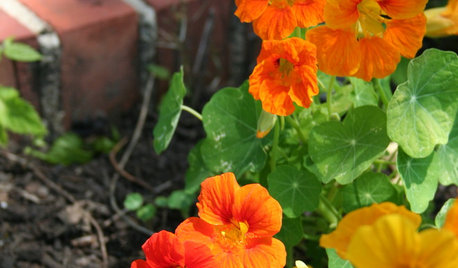
GARDENING GUIDESDon’t Let These Excuses Keep You From Gardening
Stop blaming your lack of experience, space, time and funds, and get on with the joy of garden making
Full Story
PETSGarden Alert: 22 Plants to Keep Away From Pets
Avoid potential danger by keeping dogs and cats away from these landscaping and houseplant favorites
Full Story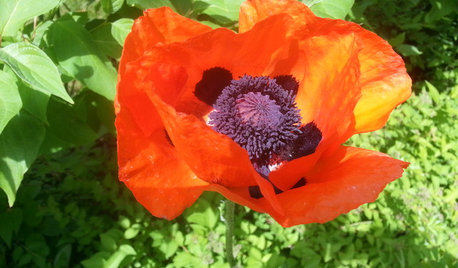
GARDENING GUIDESBeautiful Flowers and Foliage From Dedicated Backyard Gardeners
From lawn daisies to topiaries, Houzz users share their backyard beauties
Full Story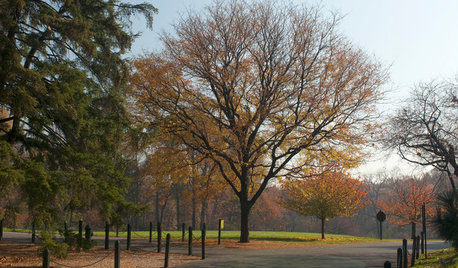
GARDENING GUIDESGreat Design Plant: Honey Locust Tree
No, it doesn't actually produce honey. But its dappled light and tolerant nature are treats in city and country settings alike
Full Story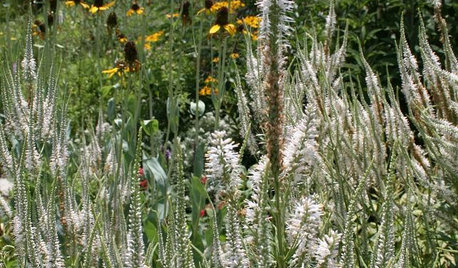
CENTRAL PLAINS GARDENINGGreat Design Plant: Culver's Root
Spiky summer blooms beloved by butterflies and architectural interest in winter make this Midwest native plant worth featuring in the garden
Full Story
EDIBLE GARDENSSummer Crops: How to Grow Tomatoes
Plant tomato seedlings in spring for one of the best tastes of summer, fresh from your backyard
Full Story
HOUZZ TVHouzz TV: How to Make and Plant a Veggie Box
See how to start edibles from seed, then transfer the seedlings to a box on stilts to make harvesting more fun
Full Story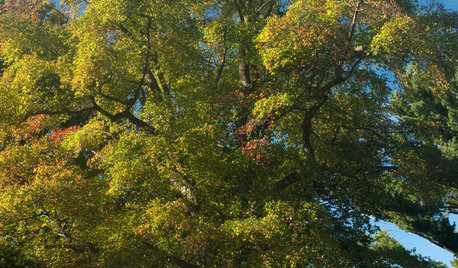
TREESGreat Design Plant: Nyssa Sylvatica
The black gum tree tolerates moist soil and provides many years of beautiful foliage, from summer to fall
Full Story
GARDENING GUIDESPlant Black Cherry Trees for the Birds and Bees
Plant Prunus serotina in the Central and Eastern U.S. for spring flowers, interesting bark and beautiful fall color
Full Story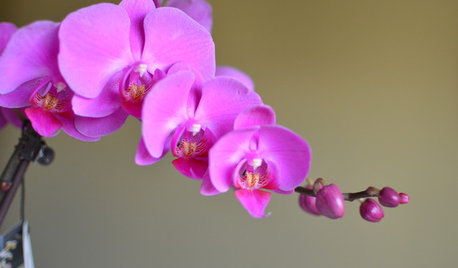
MID-ATLANTIC GARDENINGChecklist: What To Do in the Garden This Month
February Gardener: Plant sprouts, start seedlings, force bulbs, grow an orchid and more
Full StoryMore Discussions








elliemaedooley